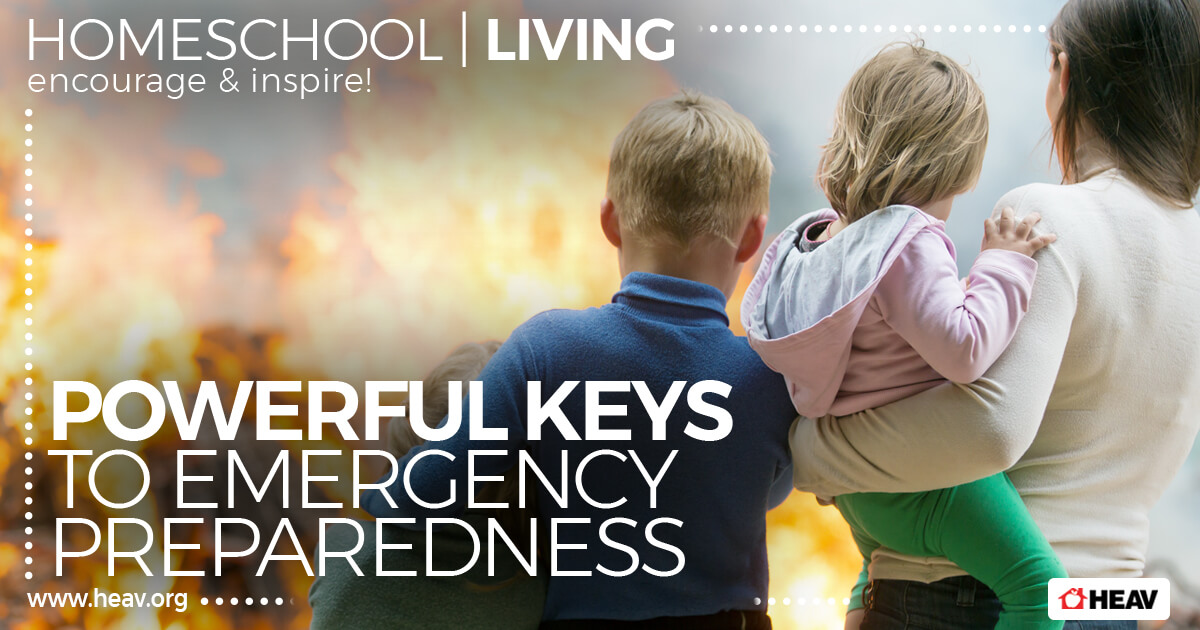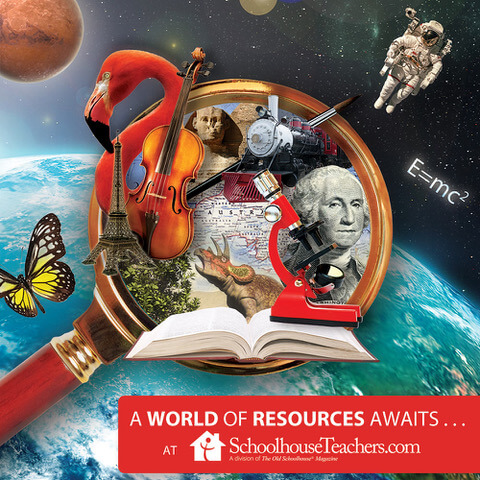Emergency Preparedness
We don’t want to consider the possibility of a tragedy such as a natural disaster affecting our families. But preparing for emergencies ahead of time and talking about emergency plans with all the members of your family can help everyone remain calm and safe if disaster strikes–and could even be the difference between life and death. September is National Preparedness Month. Take this opportunity to create, revise, or rehearse your family’s emergency plans, and get tips for preparing for, responding to, and recovering from an emergency.
Preparing for an Emergency
Does your family have a plan of escape if a fire should break out in your home? Be sure every member of the family knows how to get out safely and what to do once they are out.
This resource from the American Red Cross can help you prepare your children for many types of emergencies. Each potentially catastrophic event listed has suggestions for before, during, and after the event.
You can use the instructions on this page to create a family emergency preparedness kit as well as an emergency plan. The resources also include downloadable forms, information on fighting cabin fever, and what to do after the emergency.
If disaster should strike, would you have all of your critical information handy and ready to move with you on a moment’s notice? Creating a family emergency binder with phone numbers and contact information, financial information, copies of vital documents, medical information, legal documents, and insurance information can help make a stressful time more manageable. You can use these resources to start a family emergency notebook.
The American Library Association’s Get Ready Get Safe Book List includes books for young children on learning to overcome fears, understanding how to prepare for emergencies, and learning about monitoring the weather and specific types of disasters.
This downloadable coloring book can help your students learn about severe weather and how to be safe.
Ready.gov is an official website of the Department of Homeland Security. You can find resources on social media preparedness toolkits. There are links to preparation resources as well as social media campaigns designed to educate the public about natural disasters and safety.
These safety lessons for kids from AtoZ Homeschooling include lessons in cyber safety, first aid, disaster preparedness, outdoor safety, and more.
Click here for a post on building and using a first aid kit.
Responding to an Emergency
The Federal Emergency Management Agency’s resources on emergency preparedness for high school students includes lesson plans which incorporate graphing, problem solving, and creating a disaster preparedness campaign by brainstorming and mind-mapping.
It’s not enough to just teach your child to dial 911 in an emergency. Many people no longer have landlines in their homes, so it is important for even the youngest children to know how to dial 911 from a mobile phone.
This list of five medical emergencies and how to respond can help you stay calm and provide the most assistance should you be faced with a common emergency situation such as choking, chest pain, bleeding, and more.
Lifehack.org shares six tips to help tackle unexpected emergencies.
It’s especially important for young children to be familiar with the function of emergency responders. Yolanthe at Homeschool Creations has created a delightful preschool unit study about policemen and women, complete with lots of printables for fine-motor skills, number skills, shape recognition, and much more. This link takes you to her blog where she shares the details of how she designed and used the study with her son, and is a must read before you head over to the page with links for the free printables. In addition to preschool resources, she also has links for kindergarten pages, a police lap book, and vocabulary cards.
Yolanthe also has a printable pack focused on firefighters. As with the police unit, it helps to start with reading-related picture books.
To explore the topics of ambulances, paramedics, and emergency medical technicians, check out this list of picture books.
Recovering from an Emergency
The CDC (Centers for Disease Control and Prevention) website offers plenty of helpful information on topics such as returning to your home after a disaster and cleaning up after a disaster.
While a disaster can leave you with all kinds of questions, one of the most troubling is wondering why God would allow such a thing to happen. This article from Crosswalk.com shares five things to remember when natural disasters occur.
Ready.gov offers tons of helpful tips and questions and answers for helping children cope with the aftermath of a disaster.









